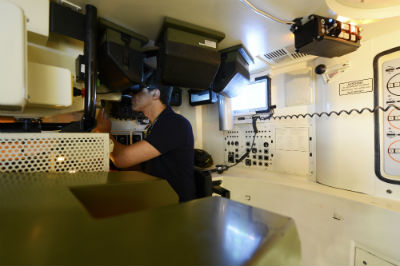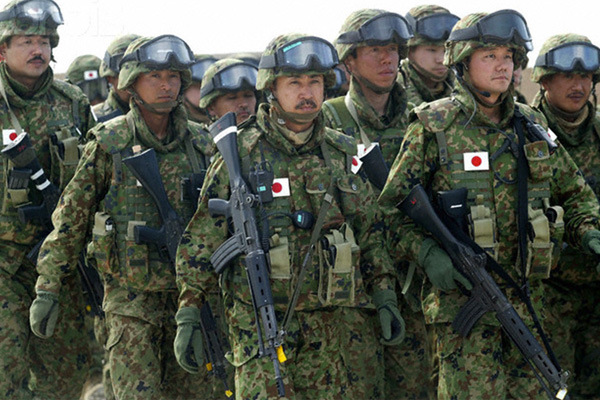Today’s militaries no longer face the same challenges they did two decades ago and the threat has shifted from full on state vs state conflict to a variety of different challenges known as the ‘three bloc war’
In the past ten years we have seen one of the largest shifts in the way the military conducts their operations. With the irregular wars in both Afghanistan and Iraq and military intervention in Libya the military have had to re-evaluate their training methods and learn new, more adaptive skills. Further compounding this issue is the recent constraints on budgets giving the armed forces fewer resources to use both in conflict and in training. Alongside this is the rise of new challenges such as cyber conflict which the military must educate itself on.
The future of military operations looks different from the past. The battlefield of the 21st Century represents unique challenges such as military operations other-than-war (MOOTW). An example of this is the ‘Three Block War’ devised by General Krulak. This means that the modern soldier will encounter full scale military action, humanitarian aid and peacekeeping within the space of three city blocks. Another example of this is hybrid warfare, which blends conventional warfare with irregular warfare and cyberwarfare.
To counter these challenges the militaries are cutting back on conventional training methods that have been in use since the cold war and are looking towards technology to train the soldiers of the future. With the use of modern simulation technology combined with advanced physics engines taken from the world of computer gaming we can now place a soldier in the centre of the battlefield in various scenarios all within one indoor simulation facility.
Besides the advantages of saving money on transporting hundreds of soldiers to large training areas across the country, the cost of firing blanks and servicing all the equipment, simulation training has other advantages. The simulation can adapt to each soldier’s specific needs. This means that if a platoon knows it will be responsible for one area of a town this exact area can be reproduced within the simulation meaning that the soldiers will have virtually walked and patrolled those same streets many times before actively seeing them in theatre. All the different scenarios can be practiced meaning that the soldiers will have more experience in the same situation to draw on when facing enemy fire.
This technology is not limited to infantry soldiers. It allows a complete combination of all the services to operate and interact with each other on one large operation. All within one building you can have the army going on simulated patrols, you can have the air force flying overhead in support as well as giving instant intelligence on the ground, you can have the navy giving support from the sea and you could have the cyber warriors protecting all of the systems from cyber attack.
Not only does this enhance the training capabilities of modern militaries and better prepare them for future conflicts it will also greatly reduce the cost. This is not to say that live fire training operations will become irrelevant, since in the near future they will not. However this new simulated method of training the forces enhanced by new technological developments will play a vital part in the training of all future forces.
Such technologies have recently been showcased and discussed at the global annual ITEC exhibition and conference, which welcomed militaries from all over the world to come and discuss the growing need for these technologies and giving companies the chance to show how they can be used for safer and more effective military training.
In conclusion the conflicts that militaries are now engaged in are rapidly changing. With costs being cut across all the military, there is a need to increase the quality and adaptability of training while bringing down the cost to meet constrained budgets. This can be achieved by increasing the amount of simulated training taking place by taking the soldiers off the large training fields and into large scale simulators.




